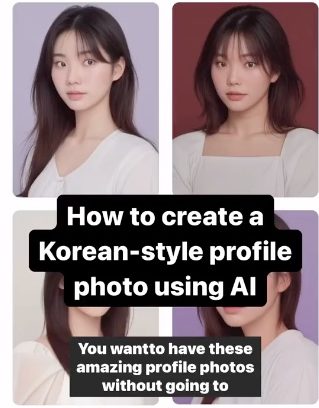Social media platforms have long used artificial intelligence to personalize feeds and recommend and filter content. Now many of those platforms are harnessing AI even more to engage users and advertisers.
Here’s the latest.
AI in Social Media
Meta’s advertising tools. Meta announced last month an update to Lattice, its advertising technology. Lattice integrates several AI models from Meta’s Advertising Suite and claims to improve and predict ad performance.

Meta Lattice is “a new model architecture that learns to predict an ad’s performance across a variety of datasets and optimization goals.” Click image to enlarge.
Meanwhile, Meta rolled out generative AI tools to a small group of advertisers. Those tools include an AI sandbox allowing users to test ad copy, create backgrounds from text prompts, and generate images in aspect ratios matching ad formats.
The same May announcement included the launch of Meta’s Advantage Suite, consisting of 12 ad products that optimize campaigns using AI. Advantage Suite allows advertisers to change a campaign from manual to Advantage+ shopping in one click. It supports videos such as product demonstrations in catalog ads and promises to improve audience targeting by finding more people likely to convert.
Meta’s AI tools, while helpful, remove control from marketers. That’s the downside.
Snapchat’s My AI chatbot. Snapchat was the first major social platform to experiment with a user-facing AI chatbot when it launched the Chat GPT-powered My AI in February. My AI lives in the user’s chat inbox and can be personalized with a name and Bitmoji icon. User can add My AI to group conversations to route questions to the chatbot using an @My AI mention. It can also surface recommendations for activities from Snapmap and recommend Snapchat Lenses for events, such as a friend’s birthday.
Snapchat claims users sent 2 million messages daily to the My AI chatbot in April. However, prominent pinned placement at the top of the chat feed and concerns around location sharing and parental controls has sparked an influx of 1-star app reviews. Only Snapchat+ users (who pay a subscription of $3.99 per month) can delete My AI. These users are also the first to access new features and can receive an AI-generated text or image response to their snaps.
Instagram’s AI stickers and bots. Instagram is beginning to test AI features with users, including creating a sticker from a text prompt. (Stickers on Instagram are graphic elements to attach to images and videos.)
Instagram’s AI chatbot is similar to Snapchat’s and includes up to 30 personalities and can generate messages.
LinkedIn’s AI content. LinkedIn posted its “Responsible AI Principles” in February and has since published its AI-powered collaborative articles. These articles are matched to users with relevant skill sets and promoted as conversation starters. Premium users also have access to AI writing prompts to improve profile information, such as role descriptions based on job titles. The technology can also create job descriptions.
TikTok tests AI chatbot and profile images. TikTok is testing an AI chatbot called Tako with users in the Philippines. The chatbot can recommend videos, which could change how users search and discover content on the app.
TikTok is also testing AI-generated profile images wherein users can access up to 30 image options, which can be downloaded, shared to stories, or used as a profile avatar.





